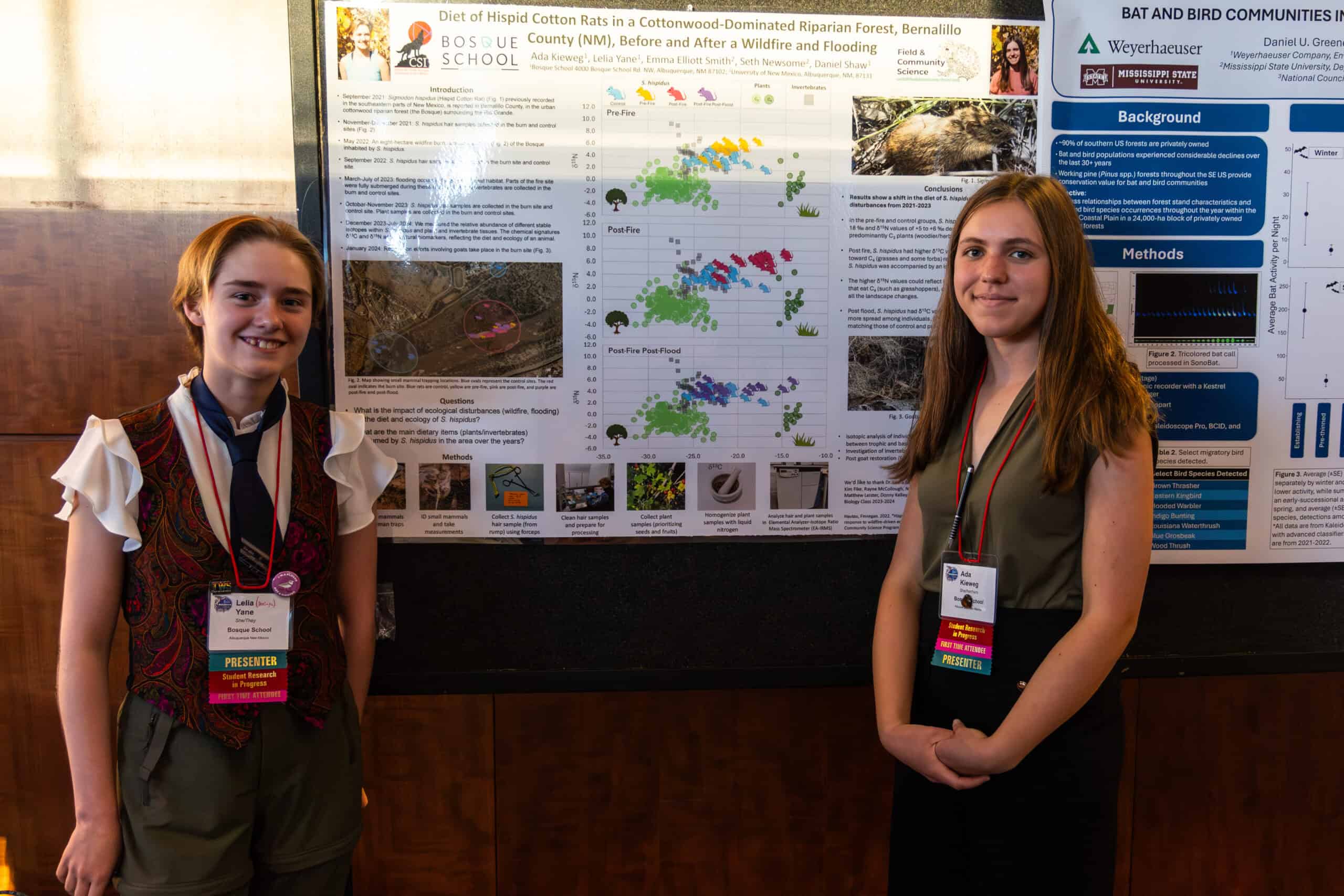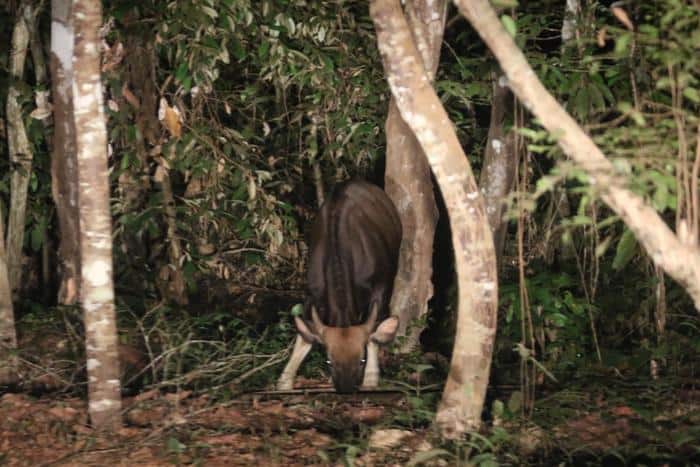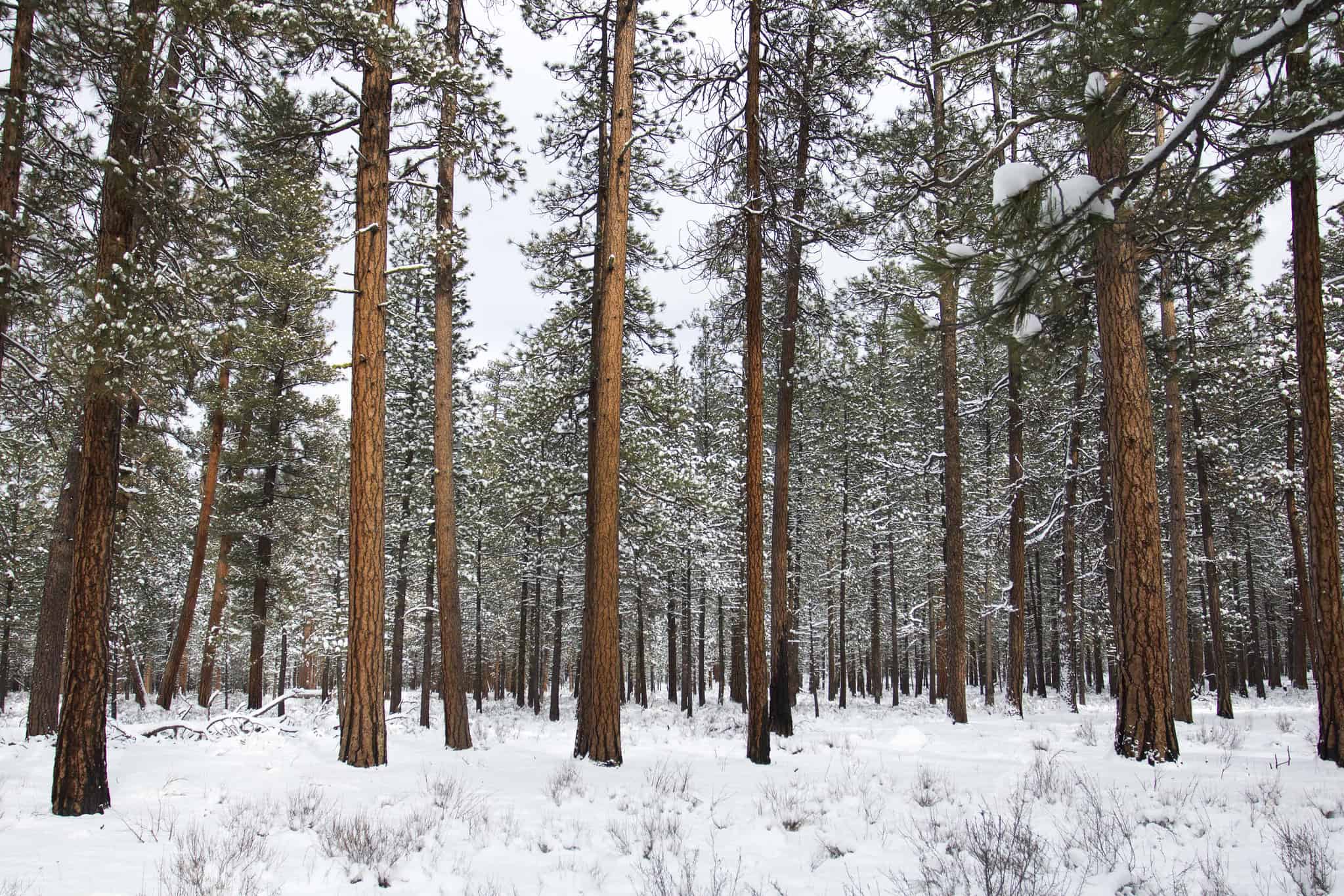Share this article
For mammal diversity, land protections aren’t always enough
Even if an area is protected, it doesn’t necessarily mean there is more mammal diversity than unprotected areas, researchers in Canada found. Instead, it’s the landscape features within and between protected areas that can make the difference.
“We assume, putting more protected areas onto the landscape will promote diversity and conserve it,” said Frances Stewart, the lead author of a study published in Biological Conservation and an adjunct professor at the University of Victoria, British Columbia.
In Canada, and internationally, protected areas are often implemented to promote biodiversity in order to meet objectives, like the Convention on Biological Diversity’s Aichi targets to increase protected areas on the landscape to 17% by 2020. As that deadline fast approaches, researchers have yet to fully understand how well networks of these protected areas actually support biodiversity and what role natural and manmade features play.
Stewart recently published research as part of her PhD at the University of Victoria showing fishers in the protected Beaver Hills Biosphere in central Alberta rely on unprotected private lands to travel through. Was that just one species, she wondered, or was it true for others, too? “Rather than looking at one species’ movement, here we ask the question: Does a network of protected areas on the landscape predict the diversity of mammal species we see?”

Previous fisher research showed private land is important for the species. ©InnoTech Alberta and Alberta Parks
Stewart and her colleagues placed camera traps throughout the protected network of land in the Beaver Hills Biosphere. They recorded 15 mammal species in the photos — white-tailed deer (Odocoileus virginianus), mule deer (Odocoileus hemionus), elk (Cervus canadensis), moose (Alces alces), fishers (Pekania pennanti), coyotes (Canis latrans), long-tailed weasels (Mustela frenata), short-tailed weasels (Mustela ermine), snowshoe hares (Lepus americanus), striped skunks (Mephitis mephitis), porcupines (Erethizon dorsatum), red foxes (Vulpes vulpes), red squirrels (Tamiasciurus hudsonicus), northern flying squirrels (Glaucomys sabrinus) and least weasels (Mustela nivalis).
They first measured natural features, manmade features and the amount of protected land surrounding the camera trap sites to see what scale best predicted mammal diversity and what aspects of the landscape were most important. Then, they could understand if the protected areas predicted mammal diversity
Protections alone, they found, were not usually the most important predictor. Instead, having shrublands, wetlands and grasslands nearby — features that were on the landscape before human settlement — had the most positive effect on mammal diversity. Looking out to a range of 5 kilometers around each camera site, they found roads and other development had a negative effect.
“What we took this to mean is not to say that protected areas don’t matter,” Stewart said. “They do. What’s really important is to make sure they include natural features within them.”
What’s also important is putting multiple protected areas together in a network, she said, by ensuring natural features persist on the landscape between areas of protection. “More anthropogenic features on the landscape will actually have a negative effect despite whether mammals are in protected areas or not,” she said. “And the flipside of that is, even if you’re a private landowner, and your backyard is not in a protected area, keeping natural features on your own private land could have a really positive effect across mammals.”
Header Image:
Mule deer were among the species that appeared on camera traps in the Beaver Hills Biosphere.
©InnoTech Alberta and Alberta Parks








